It all started with No Nut November. In November 2021, I was having terrible luck in my sex and love life, had recently been heartbroken, and thought I might feel better if I just avoided thinking about sex and romance altogether. And so, I took a month off masturbating (and sex, although not by choice; see previous sentence re: terrible luck). Then, on December 2, in a rare fortunate moment, I got an invite from a dude on Bumble to come over for tea (minimal effort, I know; desperate times). Things escalated, but when he reached down to touch my clit, I found myself repeatedly instructing him, “gentler, please!” Those Bumble dudes and their rough fingering technique, I grumbled to myself. I didn’t think much of it — until I tried to pleasure myself a few days later and … holy crap. It hurt when I did it, too. And as much as my friends could commiserate with my complaints about overly aggressive fingering, it actually didn’t appear to be the guy’s fault this time. Instead, there seemed to be something wrong with my clit. Any touch there felt too rough. I made an appointment with the best gyno I could find through my insurance, who examined me and said that everything looked fine. Since pain in the clitoris can sometimes stem from issues in the surrounding muscles and nerves, he suggested I see a pelvic floor physical therapist.
I was the one who found the resources I needed to heal, who persevered through appointment after appointment, who resisted comments from my friends like 'maybe it’s because you don’t shave' and the cultural message that genital pain is normal if you have a vulva.
I’m lucky: Because of my work as a sex and relationship writer, I’ve corresponded with many sexuality professionals for various articles, and among them was Stephanie Prendergast, cofounder of Los Angeles’s Pelvic Health and Rehabilitation Center. She seemed to know what she was talking about when it came to pelvic health, so I made an appointment at the PHRC. Another physical therapist there felt different parts of my vagina, vulva, abdomen, and pelvis to see if there were any areas of muscle tension or nerve compression that might be causing my problem. I was surprised when she concluded that while I had some areas of tightness, I had no signs of muscular or nerve issues such as pudendal neuralgia that would cause clitoral pain. However, she did notice something else that my gyno hadn’t. “Your labia and clitoris look red, and I see some discharge,” she told me. “It’s possible to have a yeast infection in your clitoris.” And with that, she referred me to Dr. Lisa Valle, an OB/GYN who runs the Oasis Women's Sexual Function Center in Santa Monica. After doing a Q-tip test, where she gently touched different parts of my vulva with a Q-tip and asked me to rate how much discomfort I felt, if any, on a scale of one to 10, Dr. Valle agreed with the PT’s assessment that there was an infection. Even though I hadn’t noticed it up until then, I also had some itchiness in my labia. Unfortunately, it’s not possible to take a swab from the labia or clitoris, but based on my symptoms and exam, she believed I had balanitis — inflammation in the clitoral glans usually caused by an external yeast infection. Balanitis is usually described in medical literature as an inflammation of the glans (head) of the penis. Perhaps because the clit is still viewed as a less important organ, few doctors know how to identify or treat balanitis in the clitoris. Prendergast tells me she’s seen patients who were surgically operated on due to the mistaken belief that they had a neurological issue, when actually, all they had was balanitis. Fortunately, when it is properly diagnosed, clitoral balanitis (like penile balanitis) is treatable. Dr. Valle prescribed me nystatin-triamcinolone cream, which contains a steroid to reduce inflammation and an antifungal to combat yeast, and had me rub it into my whole vulva for six weeks, starting with twice a day then tapering off to a few times a week. Thanks to my years-long battle with chronic Lyme disease, I have a long history of health issues that respond poorly to Western medicine and often, in fact, worsen with medication. So, even though my PT reassured me that she’d never seen this treatment not work, I was convinced I was the one exception. Just my luck, the topical indeed made everything down there feel even more irritated, so Dr. Valle prescribed a compounded version — one with fewer potentially bothersome ingredients. That version still made my pain flare up but was tolerable enough to stick with. By the time I actually started this treatment, I’d gone over three months without being able to enjoy clitoral stimulation, which had shaken up my whole sense of self. Despite the other health problems I’d dealt with, one thing I could always rely on was my ability to feel sexual pleasure. The fact that I had a magical thing called a clit gave me a sense of pride and appreciation for my body. I loved the glow that I could bask in whenever my clit was properly attended to and the juiciness of laying down and relaxing as I let a partner pleasure me. And so I felt crushed as weeks went by, and I only felt worse. I cried a lot, wondering if I’d ever again be the yummy ball of bliss and aliveness I once was. I prayed to God to give me my sexual functioning back and promised that if he did, I’d never take my clitoris for granted again. Dramatic, I know. I wanted to do everything possible to save my poor clit. Since I’m a believer in the mind-body connection, I worked with a sex coach who helped me tap into emotions I may have been storing there. We realized that like my clit itself, I was irritated. I was carrying around a lot of anger. And so, in our sessions, we talked about times I’d been hurt in my life and even had conversations where the coach played the role of the person I was mad at. Whether or not this itself affected my body, I felt lighter after each session, which helped my mental health if nothing else.
How awesome that I have this body part that can give me pleasure at any time, no matter how sucky a day I’m having otherwise.
Finally, about a month into using the cream I was prescribed (while visiting my parents and carefully hiding it behind bottles of sauce in their fridge), I touched myself and realized it didn’t hurt anymore. In fact, it felt almost back to normal. It seemed too good to be true. I avoided touching anywhere near there for the next few days, afraid the pain would come back. But, to my relief, it didn’t. By the end of the six weeks, my clit looked and felt as good as new. First, I thought, thank you, Dr. Valle! Thank you, PHRC! And then, I thought, thank you, me. I was the one who found the resources I needed to heal, who persevered through appointment after appointment, who resisted comments from my friends like “maybe it’s because you don’t shave” and the cultural message that genital pain is normal if you have a vulva. I also had a lot of privilege to even have access to professionals who could diagnose and treat me. I can’t help but wonder how many people are walking around with this condition and don’t even know it. I used to have a lot of judgments around my sexuality. I felt inadequate because I didn’t orgasm through intercourse alone, because I often fantasized during partnered sex, and because my fantasies weren’t “normal.” While I’m still working through these insecurities, I now feel so glad to have my clit back that I also see the positives of it all: How awesome that I have tried-and-true fantasies that always get me off. How awesome that I have this body part that can give me pleasure at any time, no matter how sucky a day I’m having otherwise. Now, instead of pledging to take time off masturbation, my goal is to masturbate every single day. Losing my ability to use my clitoris made me see how much vitality, spice, and happiness it adds to my life. Hopefully, reader, you will not have to lose your clit’s functioning for nearly six months to see this. Take it from me: Do your best not to put your clit down. Enjoy all it has to offer you. You are very lucky to have it, and as long as you’re in good health, the way it works is exactly right.
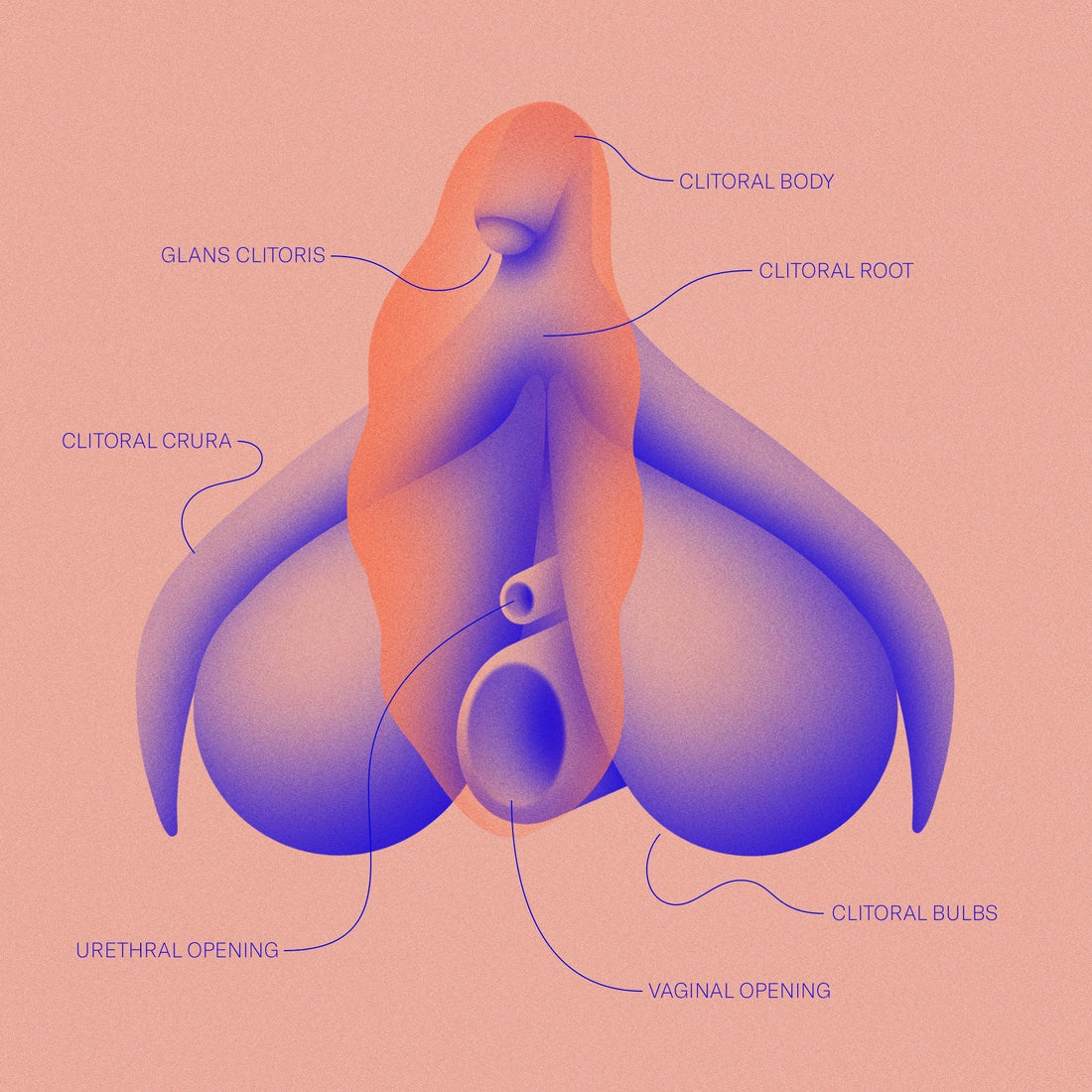
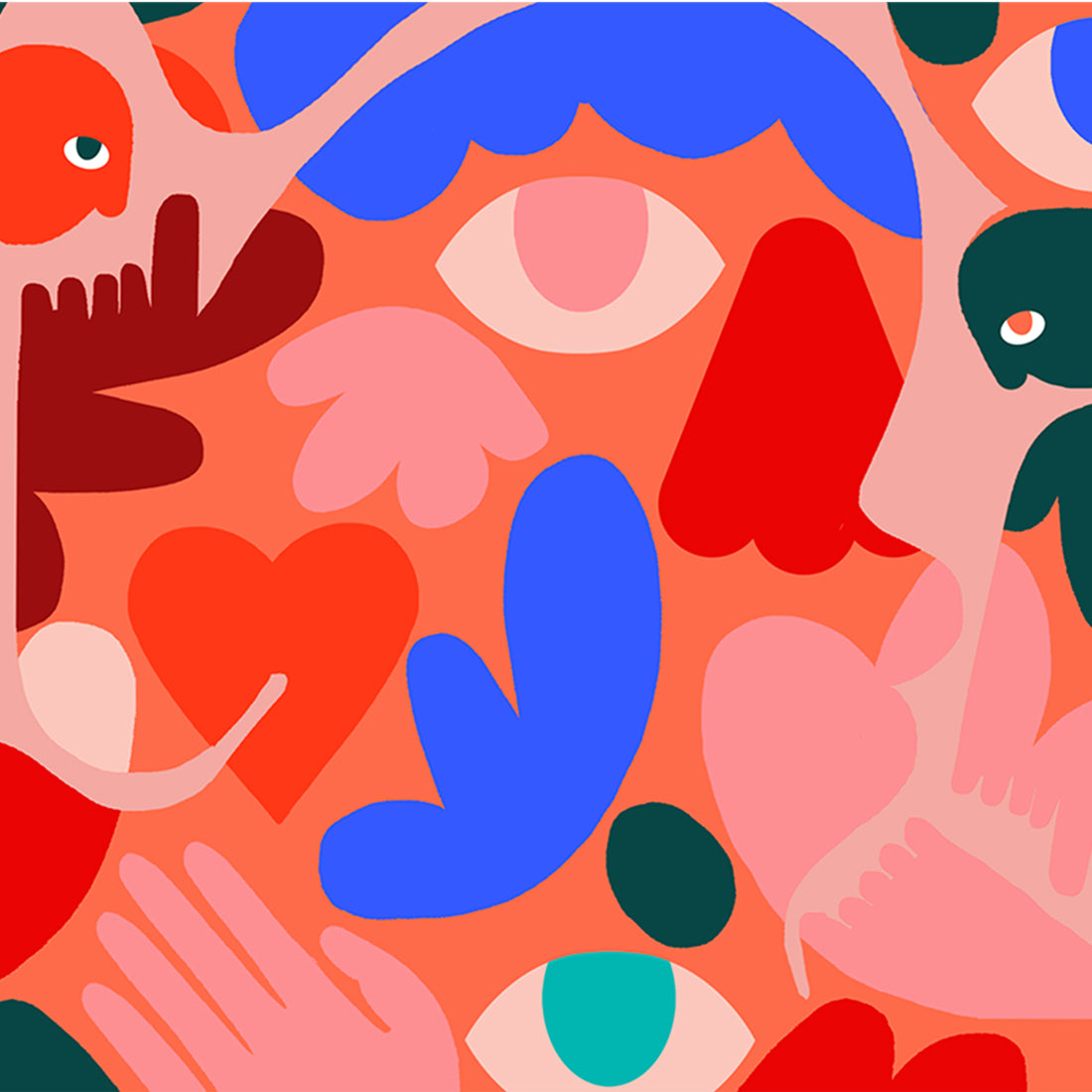
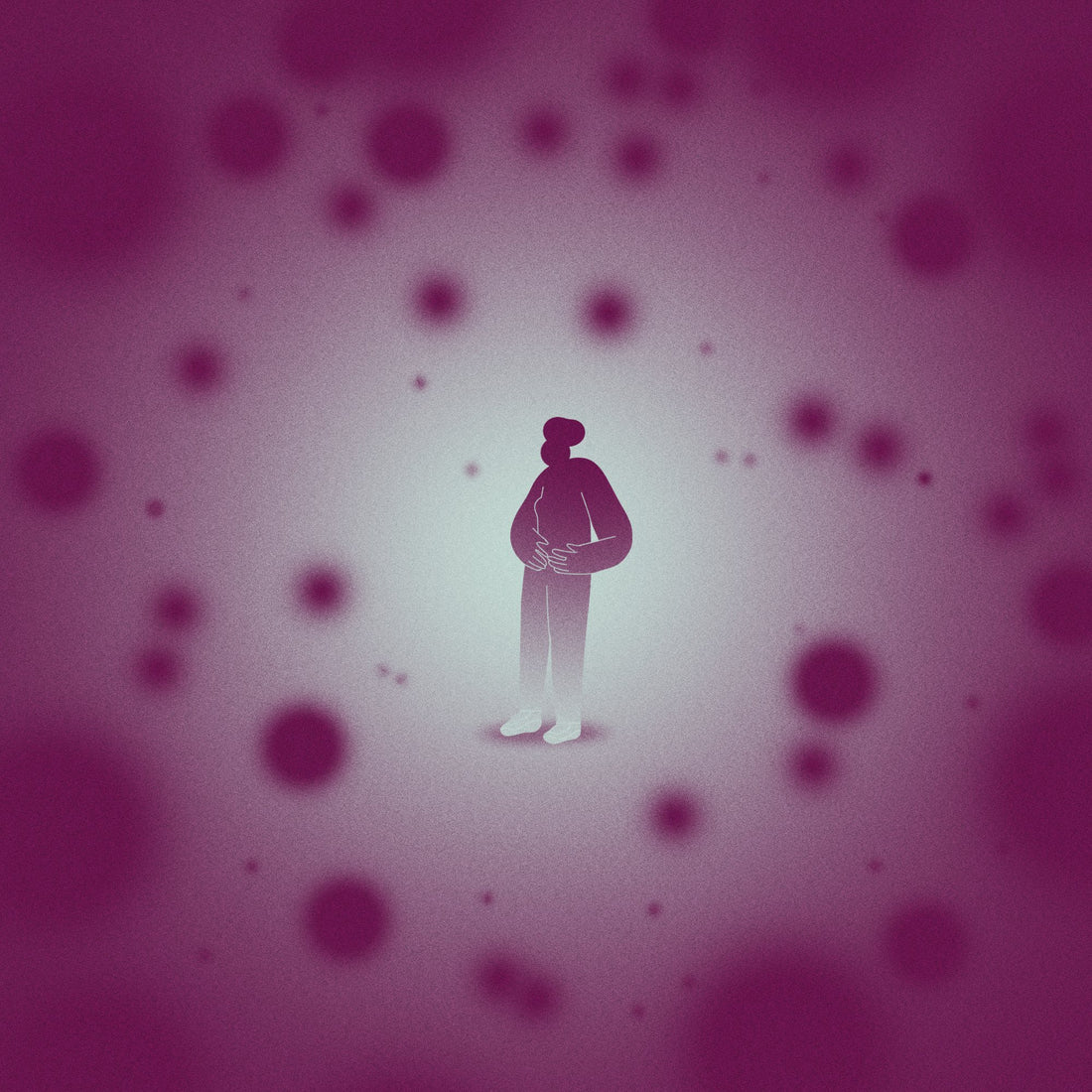
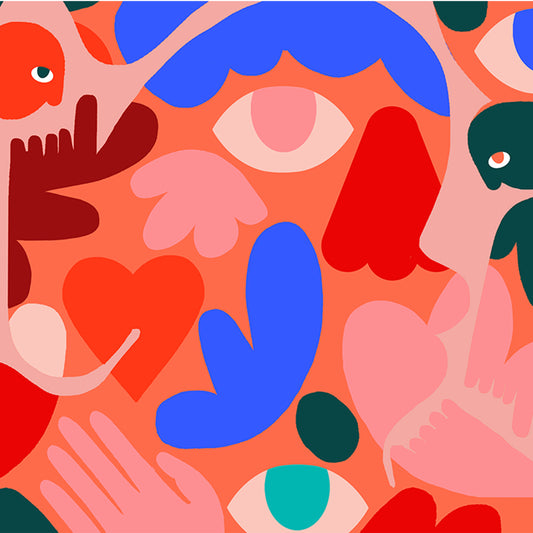
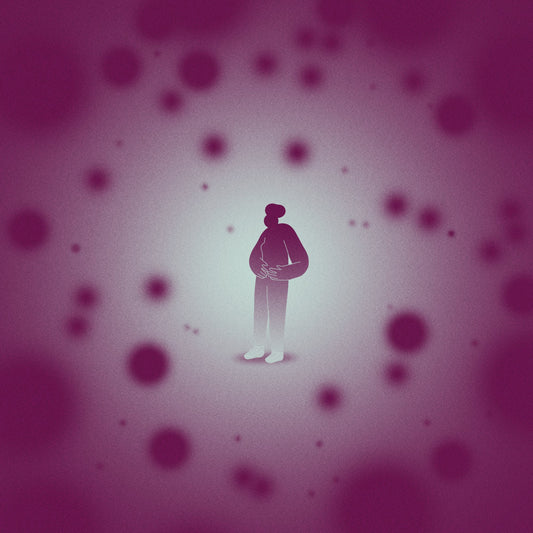
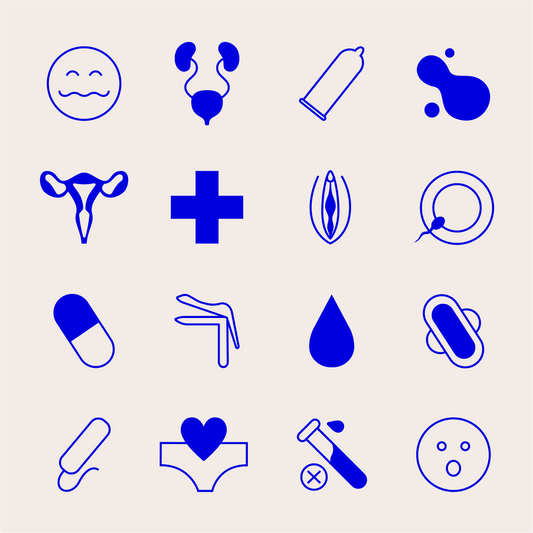
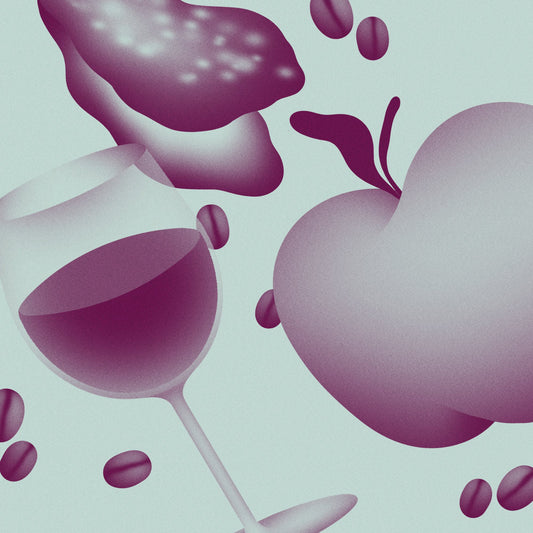


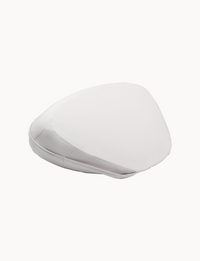
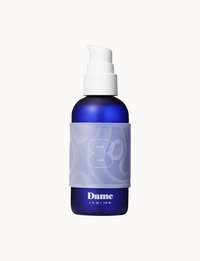
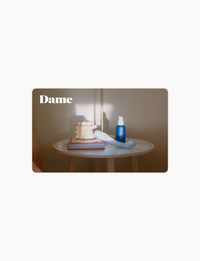

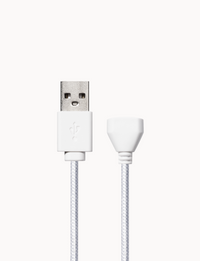

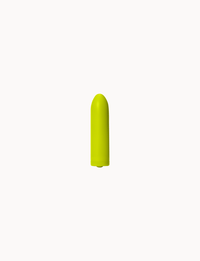
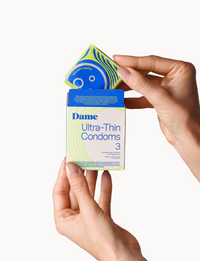
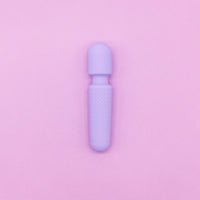
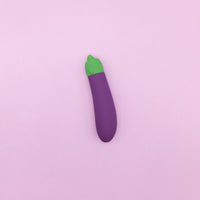
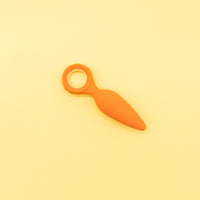

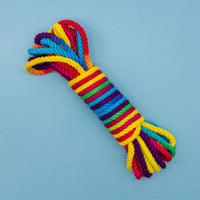

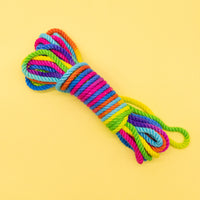

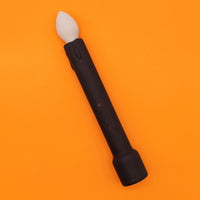
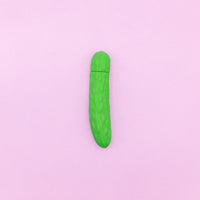

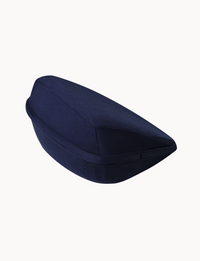
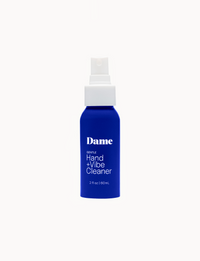
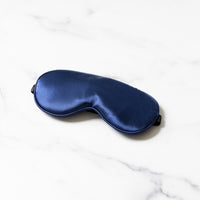
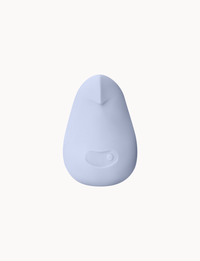
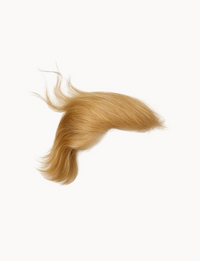
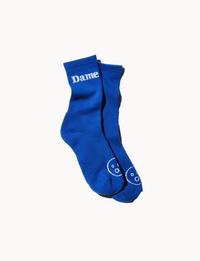
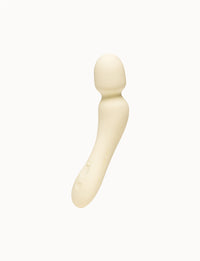


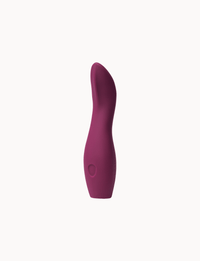
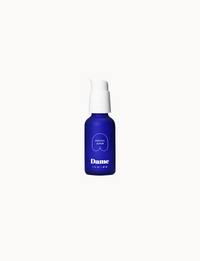
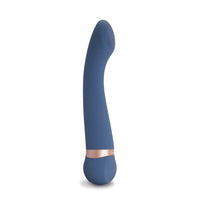

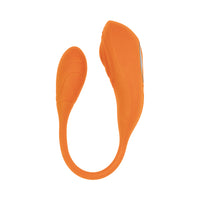
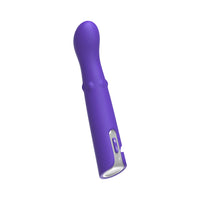
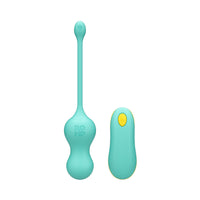
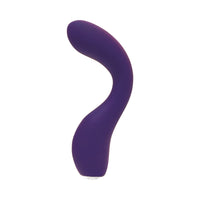
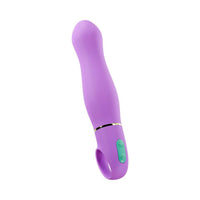
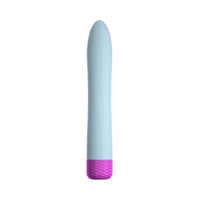
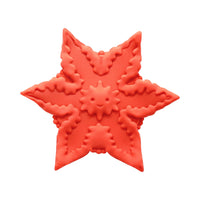
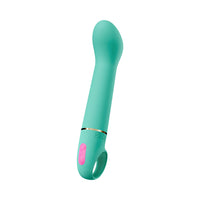

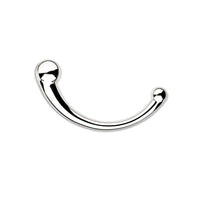
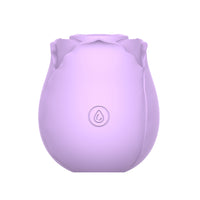
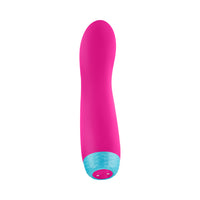
1 comment
Oh my goodness… How validating was this piece. Thank you for sharing your experience. Though my personal experience doesn’t exactly match yours, I can relate immensely and am years into advocating for myself. Considering the history of women is important in caring for ourselves. We cannot take what we are told at face value. Listening to our own bodies is an essential component of our well-being. I have spent thousands at this point on consultations , pelvic floor therapy and sex therapy. Thank you for the encouragement to continue this process. I am trying not to lose hope! As a registered nurse, I can only imagine how individuals without medical background are navigating similar experiences. We are all learning, but women deserve better!